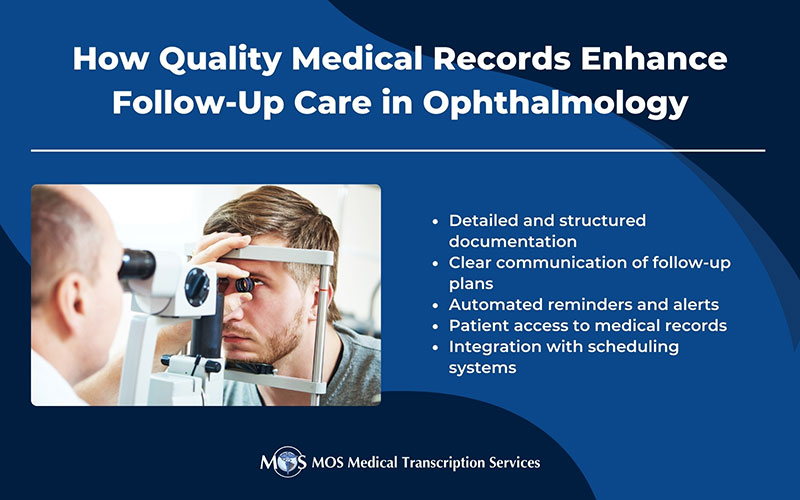Even though the risk with cataract surgery is low, it does involve the risk of partial or total vision loss if there are complications associated with the surgery. It is estimated that less than 5 out of 100 people experience complications from this surgery that can threaten their sight or demand further surgery. The rate of complications is high in people with eye diseases other than cataract. An ophthalmologist can understand these complications only with accurate transcripts of cataract surgery reports and follow-up examinations so that they can take appropriate steps to treat them.
Need for Complete Operative Report
There are several complications that may occur with the surgery such as infection in the eye (endophthalmitis), rupture of the capsule and loss of fluid in the eye, swelling and fluid in the center of the nerve layer (cystoid macular edema), bleeding in front of the eye (hyphema) and detachment of the nerve layer at the back of the eye (retinal detachment). But it is estimated that in many cases surgical complications are unfortunately overlooked by clinicians. This is because operative reports are often left incomplete. In some cases, it may occur inadvertently. In other cases, the surgeons may not wait to prepare the reports until the complications are found. It is because certain complications may occur sometime after the surgery — such as dislocated intraocular lens (IOL), glaucoma, astigmatism, sagging of the upper eyelid etc. The surgeons must thoroughly review the symptoms of possible complications post surgery and include their assessment in the operative reports. This will help the patients to follow correct eye protection practices, take appropriate medicines and visit specialists. So, the surgeons must ensure that they scrupulously document operative reports including all details regarding the complications.
Documentation of Follow-up Examinations
If there are any complications associated with the surgery, quick and more frequent follow-up examinations are necessary. Other healthcare professionals including optometrist or community health nurse can perform the follow-up examinations. The check-ups may include ophthalmoscopy for evaluating the inside of the eye, measurement of visual acuity and eye pressure (tonometry) and slit lamp exam to check lens clarity. It is required to transcribe reports of all the interventions during the follow-up visits in order to track the progress of treatment for complications. With these details, it is possible to understand the severity of complications and determine whether further surgery is required.
Effective Documentation Tips
- Prepare a complete operative report following surgery that includes recognition of any complications intraoperatively, surgeon’s response to recognized complications and steps taken to prevent infection.
- If a different IOL is implanted than expected, then the operative reports should include the reason for choosing that IOL and how its size was determined.
- Complaints such as flashes, floaters, and pain should be investigated thoroughly during the follow-up examination and documented properly.
- Document all the findings carefully in respective charts with plan.
